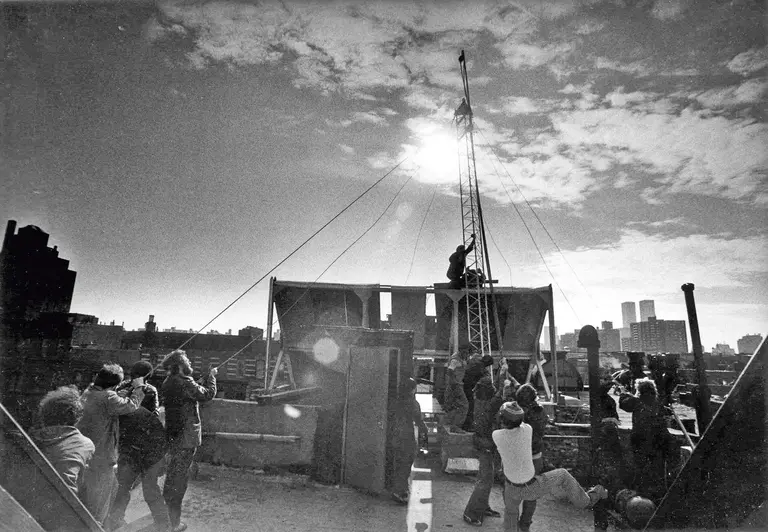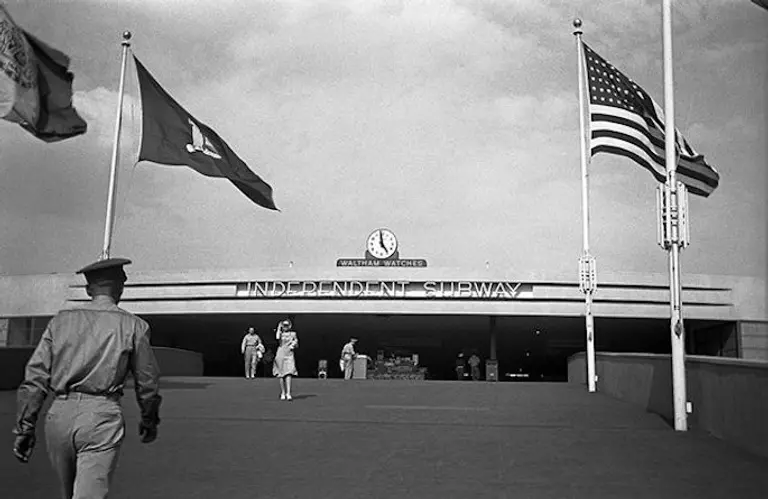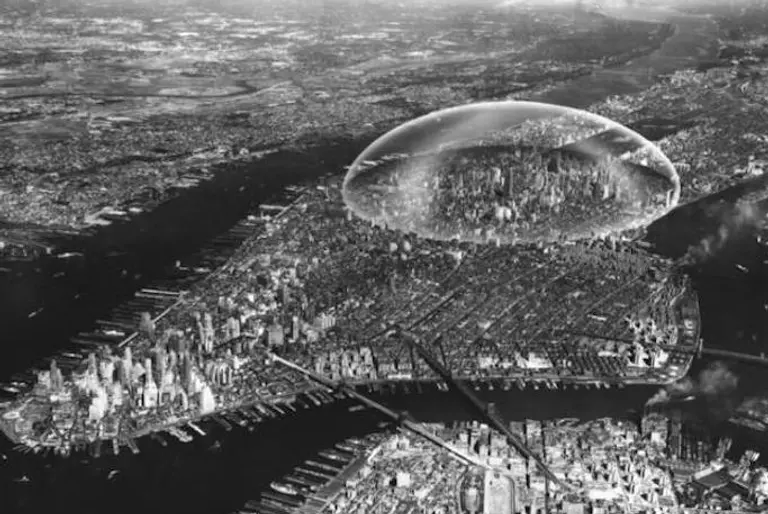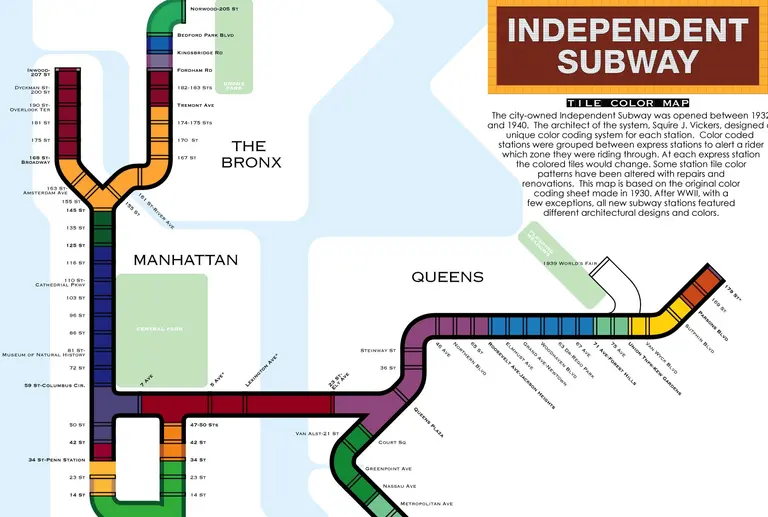$9.5M LES Carriage House With a Waterfall Was Once the Home of a German Sausage Dynasty
Find out more and take a look inside

Raising the windmill on the roof of 519. Photo credit: Travis Price via Gothamist
The NYC Easter Parade in 1904, via Wikimedia Commons
This large, boxy skyscraper at 28 Liberty Street may not be ornate or even as attractive as some of the simple glass towers we see sprouting up on the city’s side streets, but One Chase Manhattan Plaza’s architectural significance is profound. Erected in 1960, the building is accredited with bringing forth a downtown renaissance that paved the […]

World’s Fair Terminal Station. Photo via Bill Cotter
Frills are not part of the Brutalist vocabulary. Brutalist architecture has never been very popular but its blunt forcefulness, its rude breaking with tradition, and its startling and often simplistic inventiveness have made it hard to ignore and therefore still very vital. While Brutalism flourished in the 1960s, it has long suffered from a reputation […]

Manhattan, and the bedrock beneath it, via imgur

Buckminster Fuller and Shoji Sadao Dome Over Manhattan, 1960. Image courtesy of the Estate of R. Buckminster Fuller.

Map by vanshnookenraggen.com via Reddit.